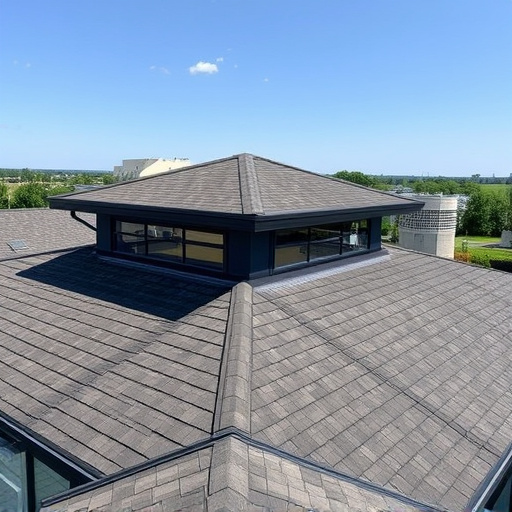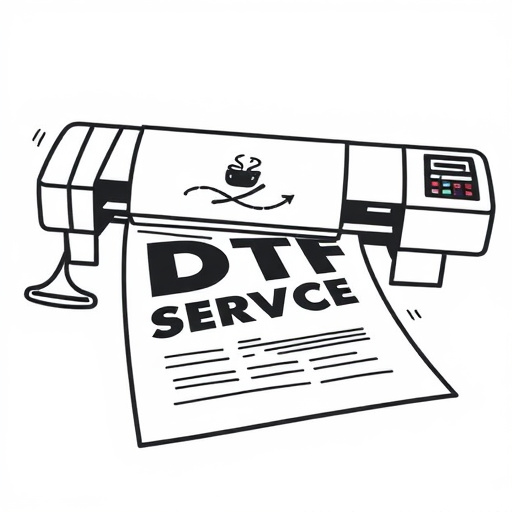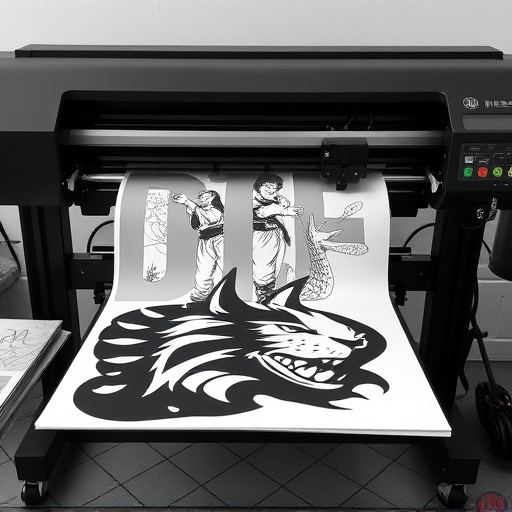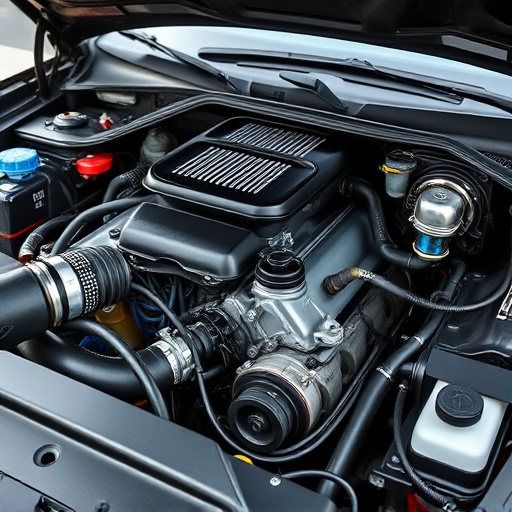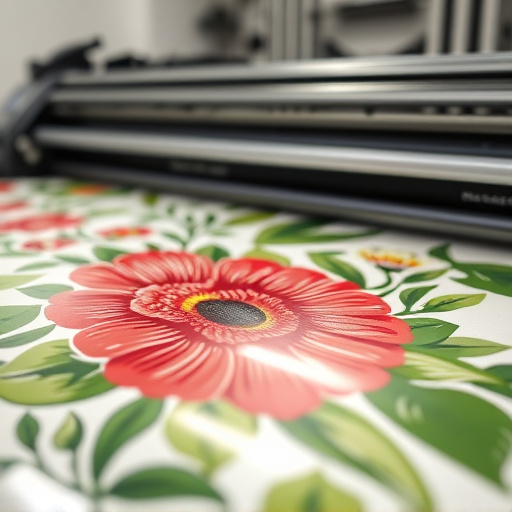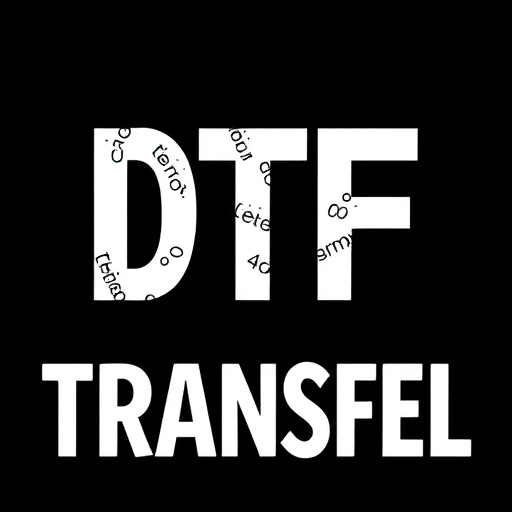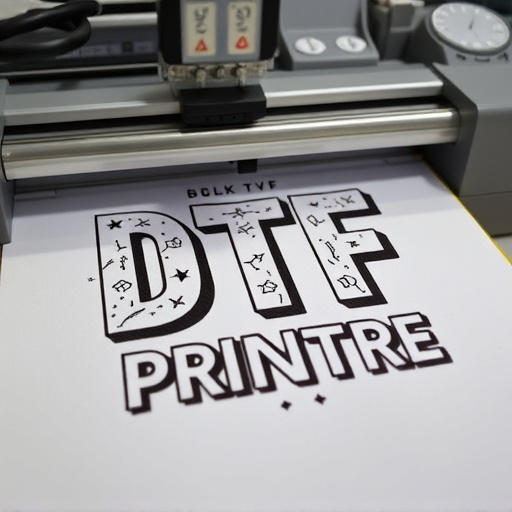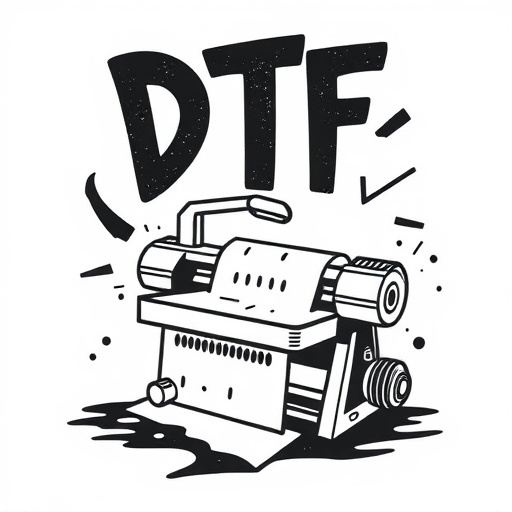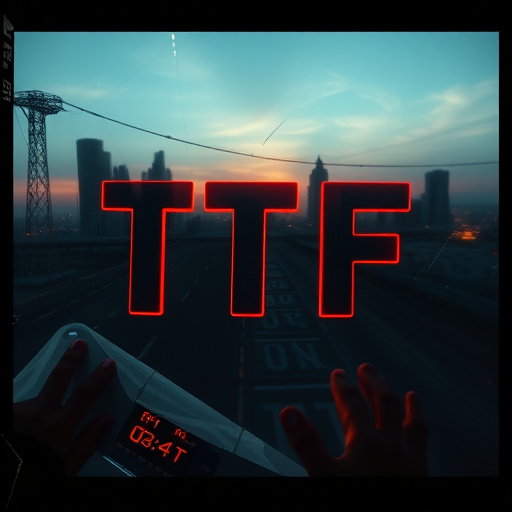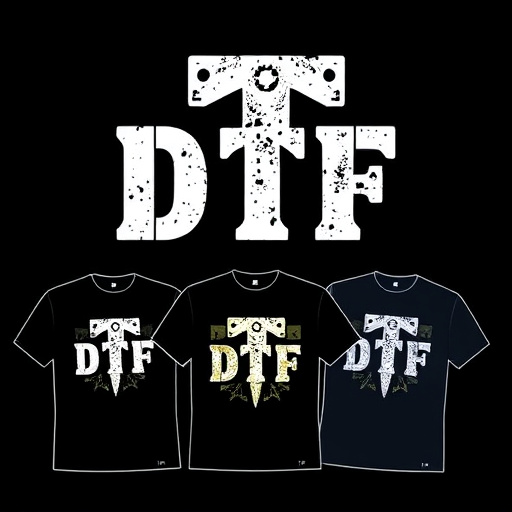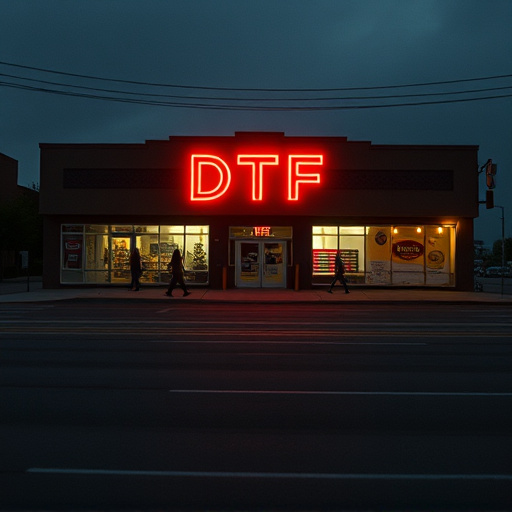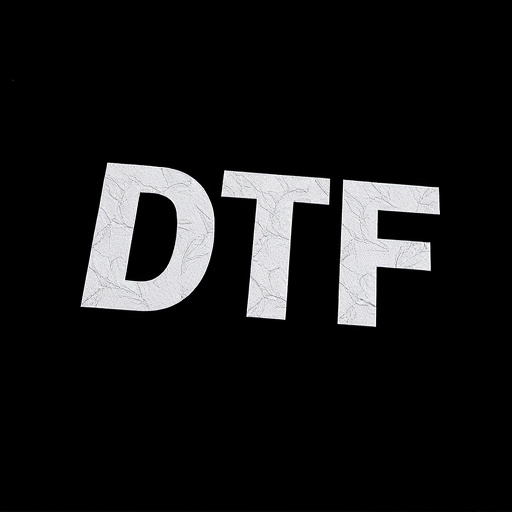Direct-to-Film (DTF) transfers are a cutting-edge solution for swift and efficient creation of high-quality prints within 24 hours. Technological advancements have made DTF printing accessible, catering to diverse needs from emergency film replacements to time-sensitive projects. This game-changing technology uses digital scanning and automated systems to bypass traditional plate-making methods, ensuring top-quality prints with precise color reproduction. DTF's rapid production speed is valuable for promotional materials, event banners, and pop-up signage, making it an attractive option for businesses seeking urgent yet high-quality printing solutions.
In today’s fast-paced media landscape, the demand for direct-to-film (DTF) transfers has surged, especially with the rise of independent filmmakers and content creators. Expedited production of DTF transfers within 24 hours is now a reality, revolutionizing how films are distributed and shared. This article delves into the world of DTF transfers, exploring the growing demand for rapid turnaround times, the technology enabling this speed, and the quality considerations that ensure pristine DTF prints. Understanding these factors is crucial for content creators seeking efficient, high-quality film-to-print solutions.
- Understanding Direct-to-Film (DTF) Transfers: A Quick Overview
- The Demand for Expedited DTF Production: Why 24 Hours?
- Streamlining the Process: From Film to Print in a Day
- Technology and Equipment: Enabling the Lightning-Fast Turnaround
- Quality Assurance: Maintaining Consistency Despite Speed
- Applications and Benefits: When Speed Meets Precision
Understanding Direct-to-Film (DTF) Transfers: A Quick Overview
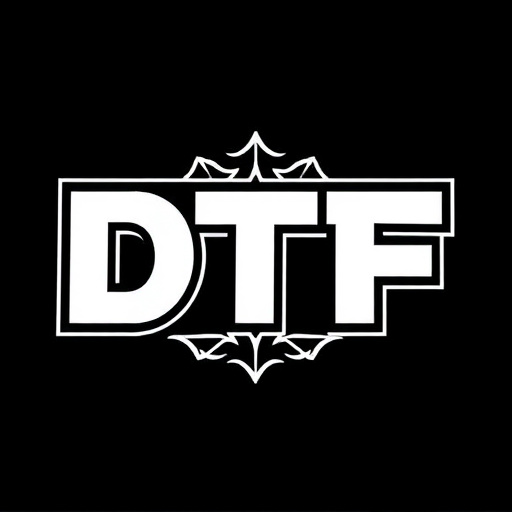
Direct-to-Film (DTF) Transfers represent a cutting-edge method in printing and transferring images directly onto film stock, offering a swift and efficient process for filmmakers and photographers alike. This innovative technique enables the creation of high-quality, durable prints suitable for various applications, from archival purposes to special effects in movies.
The DTF Transfer process involves exposing uncoated film to a digital image through a specialized mask or laser system. This exposure creates a negative of the original image, which then becomes a direct template for printing onto new film stock. With advancements in technology, this method has become increasingly accessible, allowing for rapid production of DTF prints within hours, revolutionizing the way filmmakers and artists capture and reproduce their visions.
The Demand for Expedited DTF Production: Why 24 Hours?
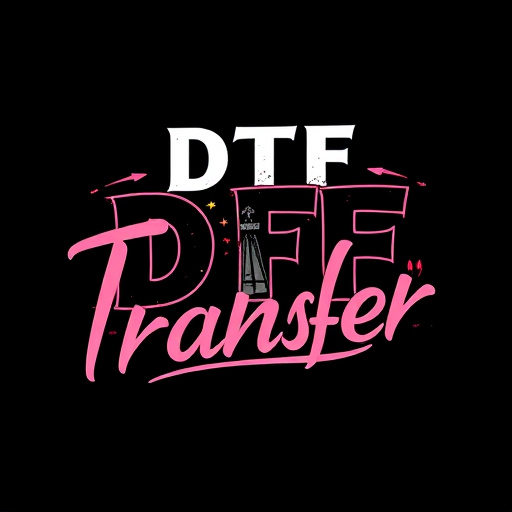
In today’s fast-paced media landscape, the demand for direct-to-film (DTF) transfers that can be completed within 24 hours is skyrocketing. This accelerated production method caters to a variety of needs, from emergency replacements for damaged or lost films to time-sensitive projects where quick turnaround times are critical. The ability to produce DTF prints in such a short period offers significant advantages, particularly for independent filmmakers, event organizers, and businesses that require high-quality visuals on short notice.
The 24-hour turnaround time for DTF transfers is not only a convenience but also a necessity. It enables prompt resolution of issues, ensures events run smoothly, and allows for last-minute adjustments without compromising quality. With advancements in technology and streamlined workflows, achieving this rapid production cycle has become feasible, making DTF printing an increasingly viable option for those seeking swift and reliable visual solutions.
Streamlining the Process: From Film to Print in a Day
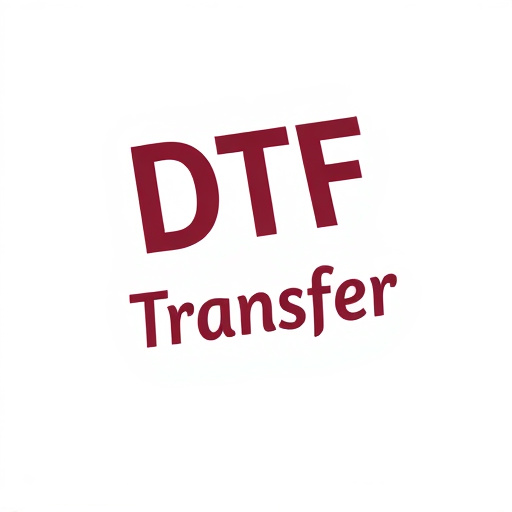
In today’s fast-paced media landscape, time is a valuable commodity for film enthusiasts and professionals alike. That’s where Direct-to-Film (DTF) transfers come into play, offering an innovative solution to expedite the process from film to print in just 24 hours. This cutting-edge technology streamlines the traditional printing process, eliminating unnecessary steps and significantly reducing production time without compromising quality.
With DTF transfers, films can be digitally scanned and converted into a format suitable for high-quality printing. The advanced scanning techniques ensure that every frame captures the intricate details and colors of the original film, resulting in stunning DTF prints. This streamlined approach eliminates the need for lengthy development and processing times, enabling studios and enthusiasts to quickly transform their favorite films into tangible works of art ready for display or archival purposes.
Technology and Equipment: Enabling the Lightning-Fast Turnaround

The expedited production of Direct-to-Film (DTF) transfers within 24 hours is made possible by advanced technology and specialized equipment designed for speed and efficiency. This innovative process involves digital printing techniques that allow for direct application of designs onto various film materials, eliminating the need for traditional plate-making methods. Modern DTF printers use high-resolution imaging to precisely transfer intricate patterns and detailed images, ensuring top-quality prints.
The key to achieving lightning-fast turnaround lies in streamlined workflows and automated systems. Advanced DTF printing machines are equipped with cutting-edge software that optimizes image processing and reduces setup times. Additionally, the use of pre-cut film sheets and automated feed mechanisms ensures a seamless production process, minimizing human intervention and maximizing productivity. These technological advancements have revolutionized DTF printing, making it an attractive option for businesses seeking rapid and reliable film transfers.
Quality Assurance: Maintaining Consistency Despite Speed
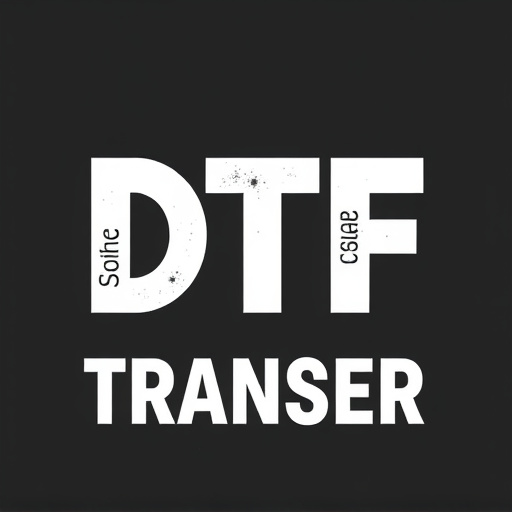
In the rush to deliver direct-to-film (DTF) transfers within 24 hours, maintaining quality assurance becomes a delicate balance. The speed at which DTF printing operates doesn’t have to compromise consistency. Advanced techniques and meticulous attention to detail ensure each print retains the original’s crispness and vibrancy. Automated quality control measures, including color calibration checks and resolution validation, are implemented throughout the process.
Expert technicians monitor every step, from inputting source materials to final output, to safeguard against any deviations in image clarity or color accuracy. This stringent approach ensures that, despite the expedited timeline, DTF prints remain true to their source, offering viewers a seamless and satisfying cinematic experience.
Applications and Benefits: When Speed Meets Precision
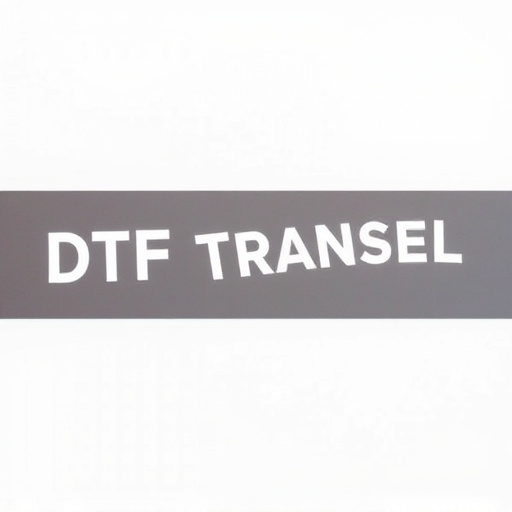
The expedited production of Direct-to-Film (DTF) transfers within 24 hours has revolutionized the way content creators and businesses approach film printing. This cutting-edge process is particularly beneficial for short-run, high-quality print demands, offering a swift alternative to traditional printing methods. DTF Transfer technology enables the direct application of ink onto film, resulting in sharp, vibrant prints without the need for intermediate steps.
This rapid turnaround time is especially valuable for various applications. It allows businesses to swiftly create promotional materials, event banners, and pop-up signage, ensuring that marketing campaigns remain timely and impactful. Moreover, DTF Printing provides precision in color reproduction, making it ideal for brands seeking to maintain brand consistency across their visual assets. With 24-hour production, companies can meet urgent demands while maintaining exceptional print quality, fostering a competitive edge in today’s fast-paced market.
